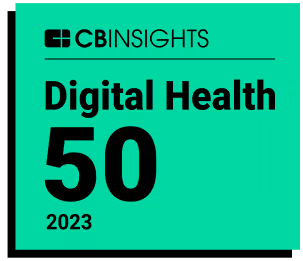What are risk adjustment factor (RAF) scores, and how do they impact revenue?
Risk adjustment factor (RAF) scores – also called risk scores – are calculated to reflect the relative risk that a healthcare provider takes on by providing care to a given patient in a value-based model of healthcare. They are determined based on various factors including the patient’s demographics and health conditions, and calculated using a mathematical formula intended to reflect differences in the cost of providing care to different patients during a particular year.
One of the key factors in determining a patient’s RAF score is a list of Hierarchical Condition Categories (HCCs) reflecting their medical conditions. In addition, the RAF score should consider other key characteristics expected to have an impact on the estimated cost of providing care to the patient.
RAF scores play a central role in determining a provider’s revenue in a value-based healthcare model. Because care is paid for holistically in this model (rather than per service provided), RAF scores help ensure that healthcare providers have enough funds to cover the cost of each patient’s healthcare needs, and aren’t penalized for covering patients presenting a greater level of risk.
To ensure that each healthcare provider receives the funds that they need, it is critical to make sure that each patient’s RAF score accurately reflects all of their medical conditions in a particular year. An incomplete list of conditions can result in a RAF score lower than it should be – needlessly reducing the provider’s revenue and making it more difficult to meet each patient’s medical needs.



.png)













